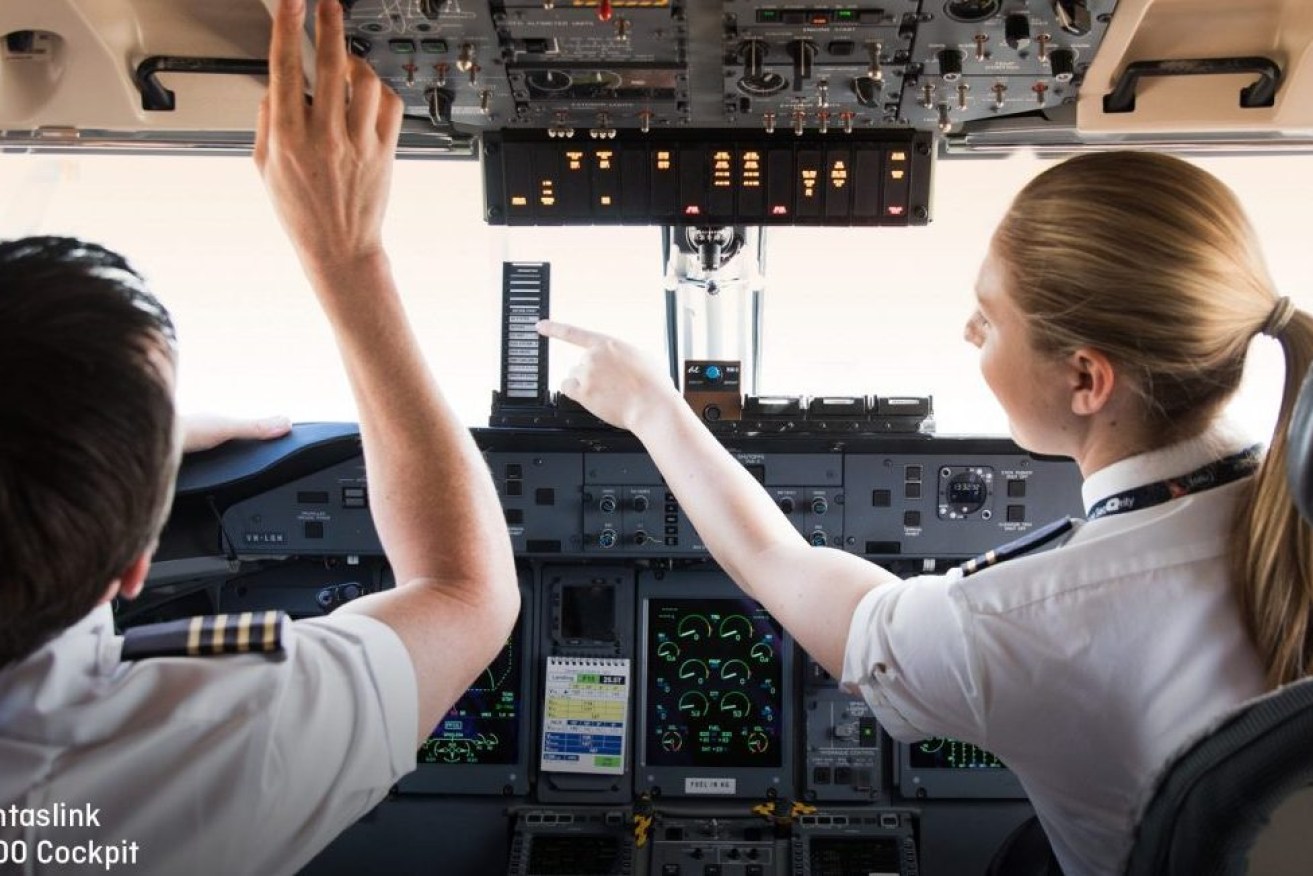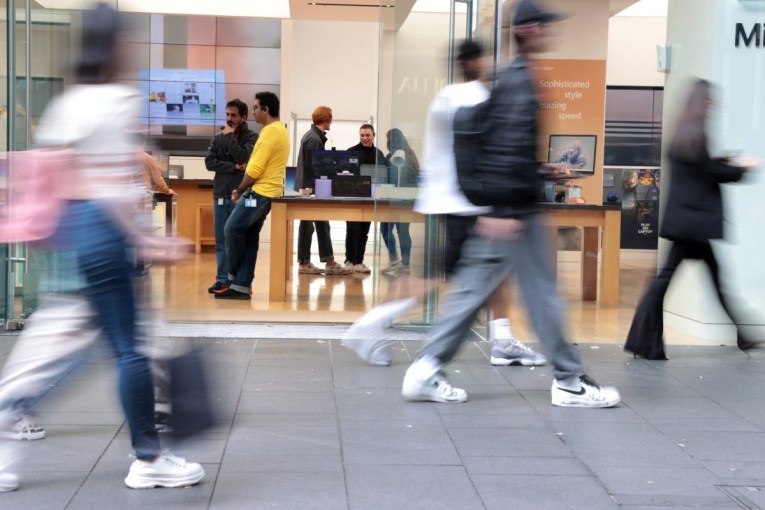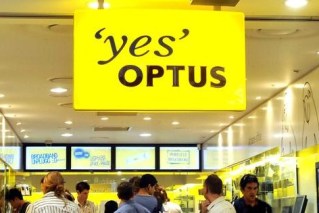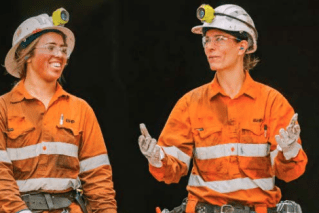Qantas tips a profit that even outstrips its Covid tax-payer handouts
After huge losses and a taxpayer bailout during Covid, Qantas has forecast a pre-tax profit of about $2.4 billion for 2023.


Qantas has been found to have acted unlawfully when it outsourced the jobs of more than 1600 staff during Covid (Pic: Qantas)
The airline said it was benefitting from strong travel demand and domestic capacity was likely to be higher than pre-Covid times by the end of 2023. The key routes were between Melbourne, Sydney and Brisbane. Its international capacity was expected to be at 80 per cent of pre-Covid levels by the end of the year and 100 per cent by March, 2024.
The airline was near collapse during Covid and received $2.3 billion in Government funds through projects like Jobkeeper.
It said forward booking trends indicated strong demand through to 2024 and revenue intake was at 118 per cent of pre-Covid for domestic and 123 per cent for international.
Chief executive Alan Joyce said another eight new aircraft would be added to its capacity by the end of the year. Aircraft that had been put into storage during Covid would also be returned as quickly as possible but no time frame was given for this.
Joyce said the global travel industry was still affected by a supply-demand mismatch that was likely to continue for some time, especially for international travel.
“We’re seeing the broad trends we expected as the industry recovers and trading conditions remain positive,” he said.
“More parts of the aviation supply chain are returning to normal, which means we’re able to put some of the spare aircraft and crew we kept in reserve back into the schedule.
“That’s combining with lower fuel prices to help put downward pressure on fares, which is good news for customers.”
Fuel prices were still high but the airline expected recent falls would deliver cost improvements in the second half of the year. This was partly offset by adverse foreign exchange movements.
Capital spending was expected to be between $2.6 billion and $2.7 billion. Net debt would be between $2.7 billion and $2.9 billion which it said was significantly below the bottom of its revised target range ($3.7 billion to $4.6 billion).
Because of its better outlook the company has increased its 0n-market buyback of shares by $100 million.












